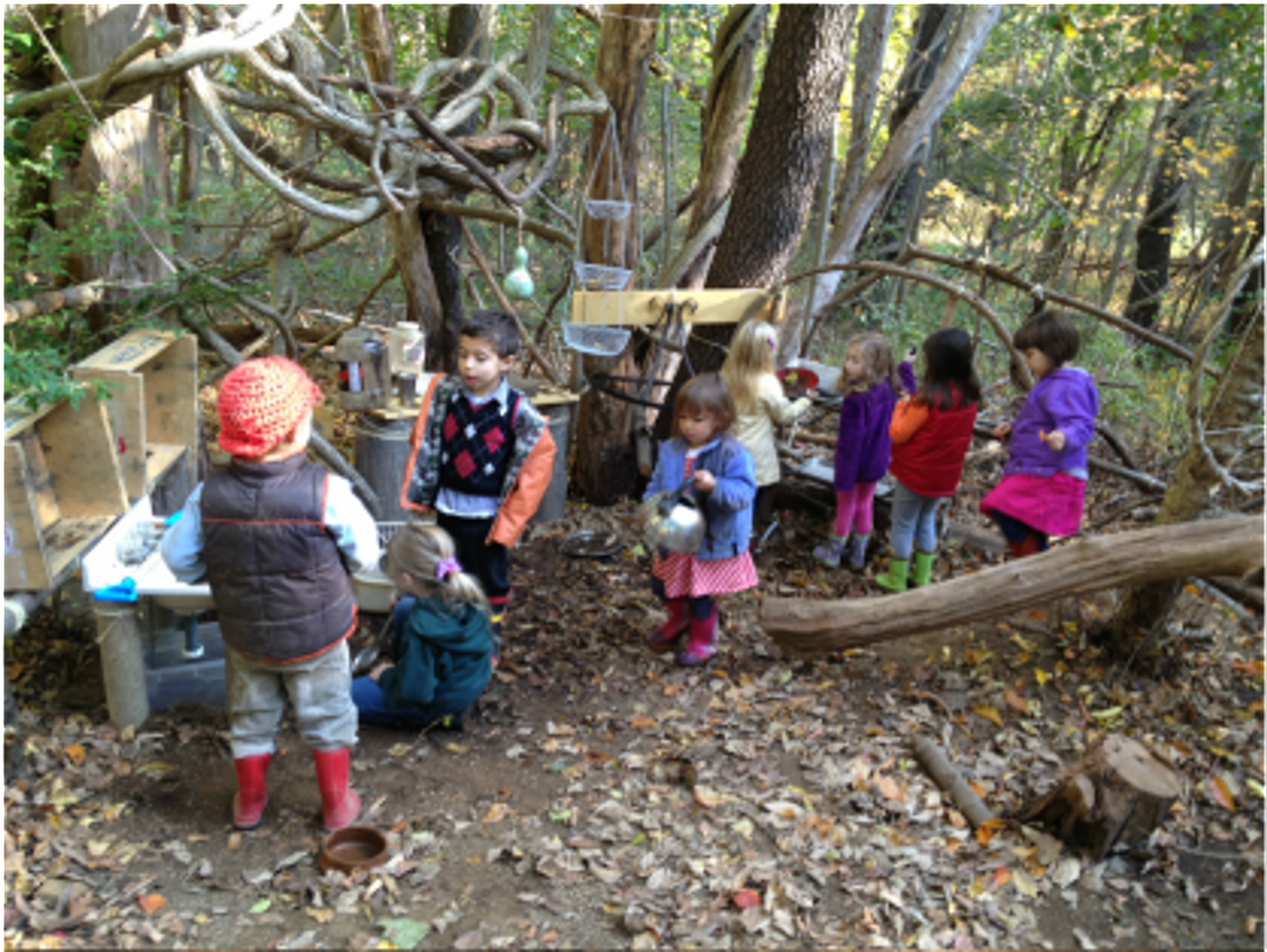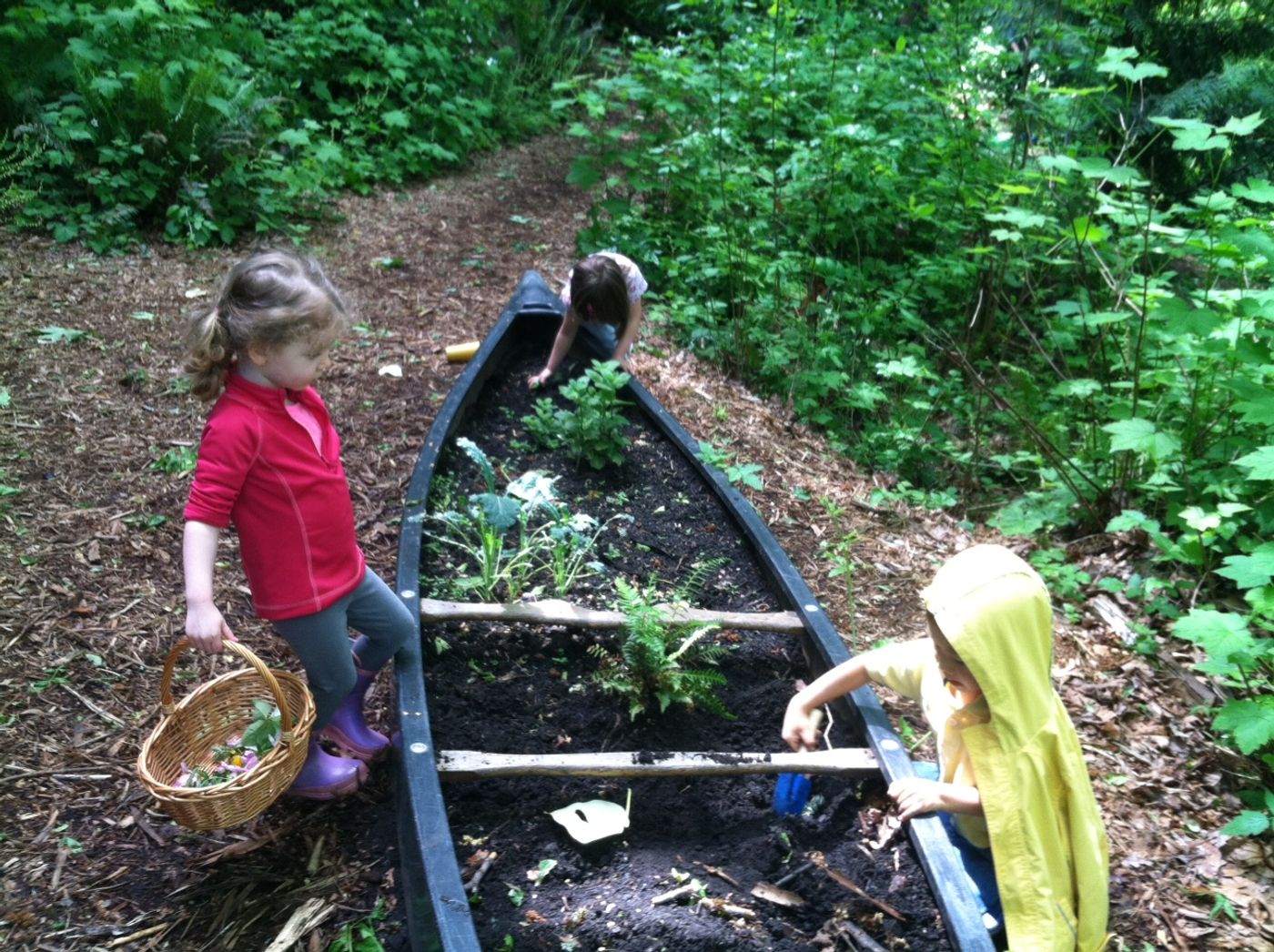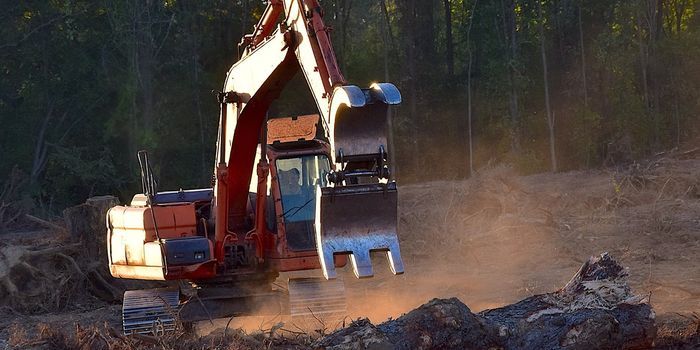With the ever growing presence of screens, parents are wondering how to confront the issue of the digital age with their children. Many parents hesitate to allow their children to play outside in their neighborhoods, let alone in the woods, for a fear of what might happen when children stray too far from such unfamiliar territory. Working as a counselor for children ages 5-12 at a nature camp, I was often astounded to learn about their exposure to technology, and even more so their lack of exposure to outdoor spaces. But in recent years there has been a very specific developing trend to combat this detachment from nature: entirely outdoor preschools.

Quoting the Tacoma Nature Center’s preschool: “Our mission is to provide a high-quality early childhood environment that meets preschoolers' needs, while inspiring them to love nature.” One can assume that such is the mission of most of these nature preschools. One school in Seattle, called Fiddleheads, takes place of Washington Park Arboretum. It has only been up and running for just under two years and already there is a waiting list of over forty families who want to get their children involved in its outdoor-based curriculum. Because of this demand, another Seattle outdoor preschool, Tiny Trees, is preparing to open six preschools by September 2016. It hopes to have 20 preschools by 2020. Andrew Jay, one of Tiny Trees founders explains, “You’re giving a generation of young people not just an education but a rich, vibrant nature education and a connection to the natural world that comes with so many health benefits.”
The Ottauquechee School in Quechee, Vermont is also kicking it up a notch, starting with one kindergarten teacher’s dream turned reality of bringing her students outside. Eliza Minnucci said she got the idea after watching a documentary about a
forest school in Switzerland where kids spend all day, every day, out in the woods. With the go-ahead support from her principal, she has started Forest Mondays, which involves taking her students, along with a volunteer parent chaperone, into the woods behind the school where they spend the entire day romping around, turning over logs to find insects, building bridges and structures and practicing the alphabet in the dirt, no matter the weather.
"Kids are so resourceful out here," says Minnucci. "In the classroom, we chunk everything into small pieces. We teach them discrete skills and facts and they put it together later. That's a good way to learn, but it's not the way the world works," she says. "I like giving them the opportunity to be in a really complex place where they need to think about how to build a dam with a peer and at the same time, think about staying dry and staying warm."
On top of these multi-tasking management lessons, high energy kids also get the opportunity to run around for more than just a fifteen minute recess, while those kids who do do well sitting and focusing at a table are pushed to be creative in a new comfort zone.
Such nature-oriented schools, which already have a strong following in Germany, England, and Scandinavia, are becoming more and more popular in the United States. If your children are nearing the age to start school, consider an outdoor education for them!
Sources:
NPR,
Metro Parks Tacoma,
KUOW




















































